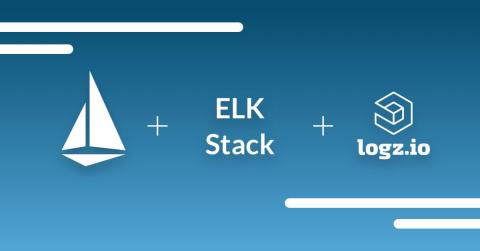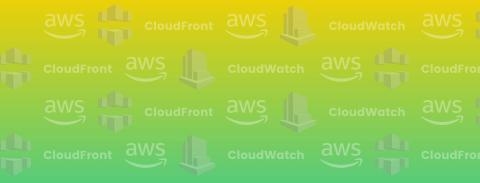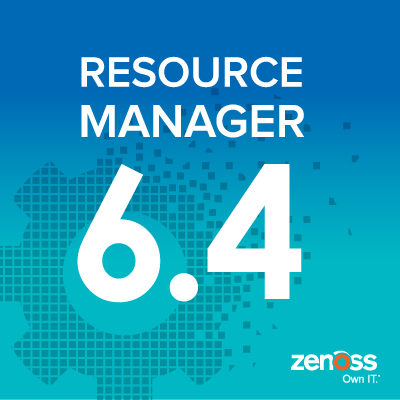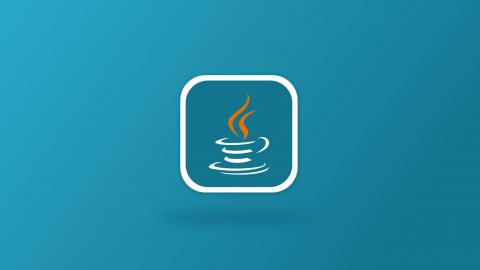Fireside chat with Kelsey Hightower, part one: on Kubernetes, legacy tech, and the future of monitoring
At Sensu Summit 2018, Sensu CEO Caleb Hailey and CTO Sean Porter sat down with Kelsey Hightower, Staff Developer Advocate at Google Cloud Platform (GCP), for a fireside chat on a variety of topics, including the evolution of the monitoring space, Kubernetes best practices, their opinions on an open core business model, how operators’ jobs are changing, and more. Kelsey, Sean, and Caleb discussing all things Kubernetes and open source at Sensu Summit 2018











